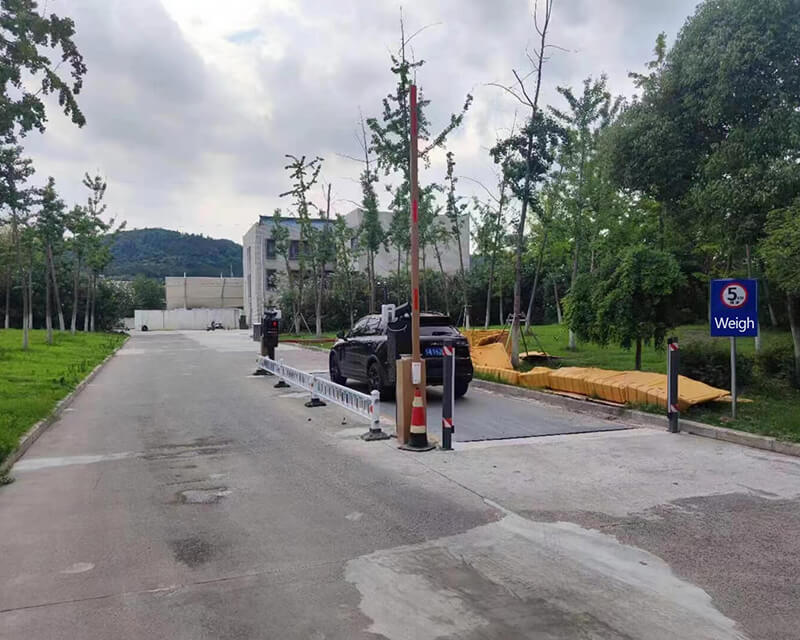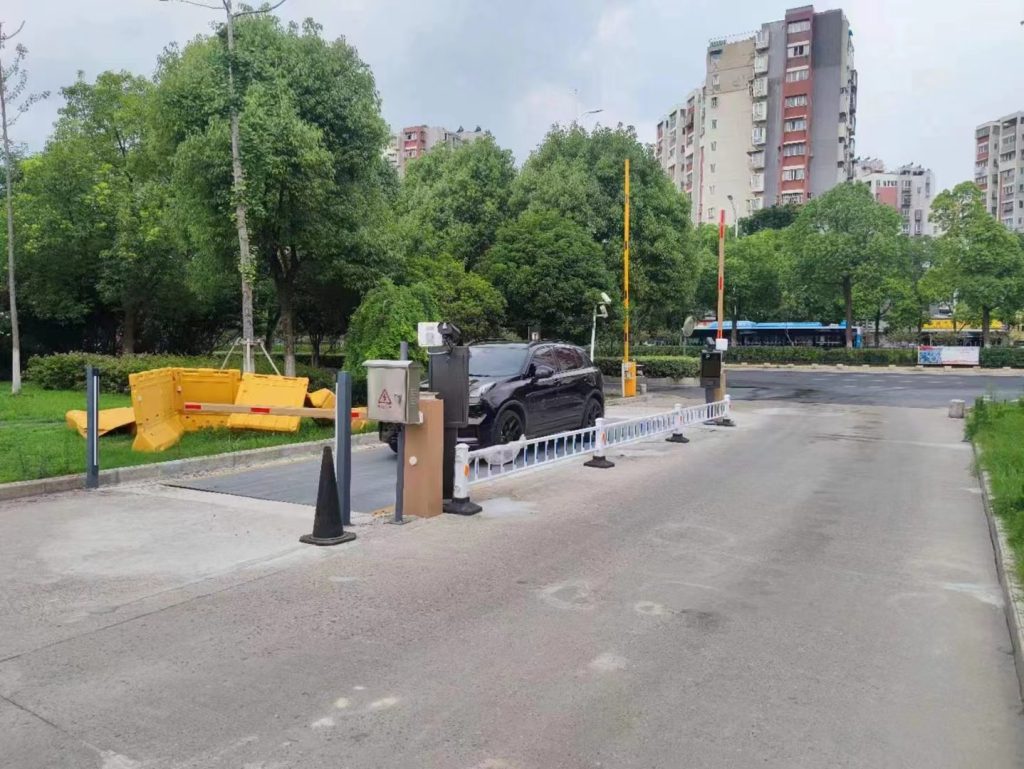

Implementing a License Plate Recognition (LPR) system integrated with an electronic weighing system can streamline operations across a variety of industries including logistics, transportation and waste management. The following is a detailed case study on how such integration can be achieved.
Case Study: Interfacing License Plate Recognition with Electronic Weighing Systems
Objective:
Automate and streamline the vehicle identification and weighing process at weigh stations using License Plate Recognition (LPR) integration with an electronic weighing system.
Components involved
License Plate Recognition (LPR) system:
Camera: High resolution camera for capturing license plate images.
LPR Software: Software that processes the image and extracts the license plate number.
Electronic Weighing System:
Weighbridge: Platform for measuring the weight of the vehicle.
WEIGHT INDICATOR: Device that displays the weight measurement.
SOFTWARE INTEGRATION: System for recording and managing weight data.
Databases and servers:
Database: Used to store vehicle information, weight data and other relevant records.
Server: Used to process and store data and facilitate communication between systems.
User interface:
Web or mobile application: for real-time monitoring, data access and management.
Dashboards: for visualization and reporting.
System Architecture:
Capture phase:
As the vehicle approaches the weighing station, the camera captures an image of the license plate.
The LPR system processes these images and extracts the license plate number.
Weighing Phase:
The vehicle is parked on the weighbridge.
The electronic weighing system measures the weight of the vehicle.
The weighing data is sent to the integrated system.
Data Integration:
The LPR system sends the recognized license plate number to the central server.
The electronic weighing system sends the weight data to the same server.
The server associates the license plate number with the corresponding weight data.
Storage and Processing:
The integrated system stores the combined data (license plate number and weight) in a database.
The data is processed for reporting and analysis.
User Access:
Authorized personnel can access the data via the web or mobile apps.
Real-time data and history can be viewed on the dashboard.
Reports can be generated for analysis and compliance.
Example workflow:
Vehicle Arrival:
A truck arrives at the weigh station.
The LPR camera captures an image of the license plate and sends it to the LPR software.
The LPR software recognizes the license plate number and sends it to the central server.
Weighing process:
The truck is placed on the weighbridge.
The weighbridge measures the weight of the truck and sends the data to the central server.
Data logging:
The central server receives the weight data and the license plate number.
The server associates the license plate number with the weight data and stores it in a database.
Data Access and Management:
Operators can access the data via web or mobile applications.
The system provides real-time monitoring and historical data analysis.
Generated reports can be used for operational, regulatory and analytical purposes.
Benefits
Efficient: Reduces manual input and errors, speeding up the weighing process.
Accurate: Ensures accurate data collection and correlation of license plates to weights.
Transparency: Provides a clear audit trail and historical data for compliance and analysis.
Convenience Real-time data access and remote monitoring capabilities.
Challenges and Solutions:
LPR Accuracy: Ensure high-quality cameras and robust LPR software for all lighting and weather conditions.
System Integration: Seamless communication between LPR and the weighing system, requiring middleware or API integration.
Data Security: Implement encryption and secure access control to protect sensitive data.
Scalability: Design the system to handle different data volumes and integrate with existing IT infrastructure.
This integration can greatly improve the operational efficiency and accuracy of vehicle management and weighing processes.
Author
ParKinglpr.com automatic gate guardrail factory from Shenzhen, China can help with OEM production starting at $100! Welcome to consult whatsapp:+8615387384122
